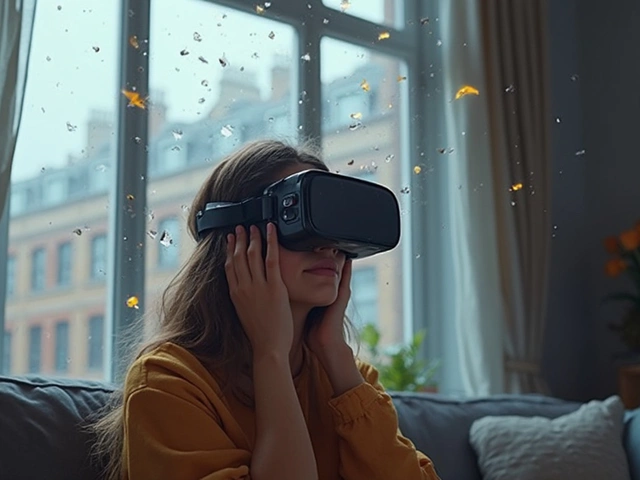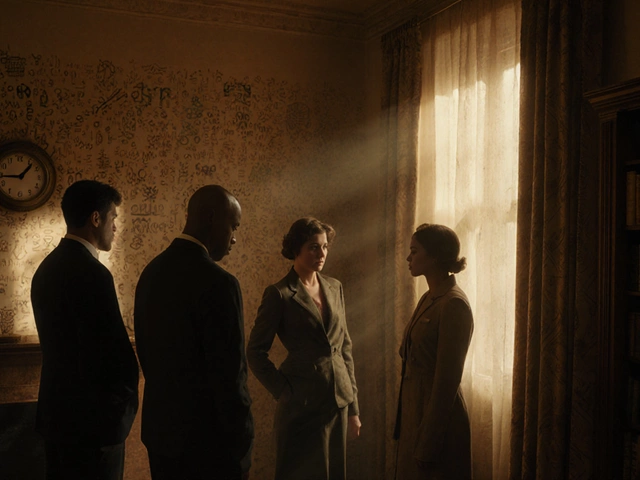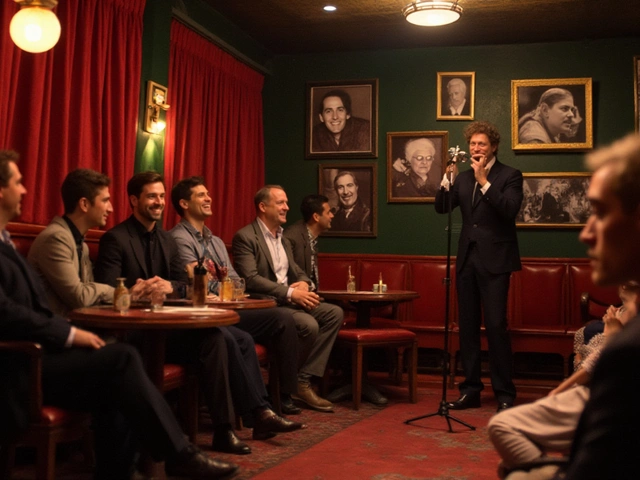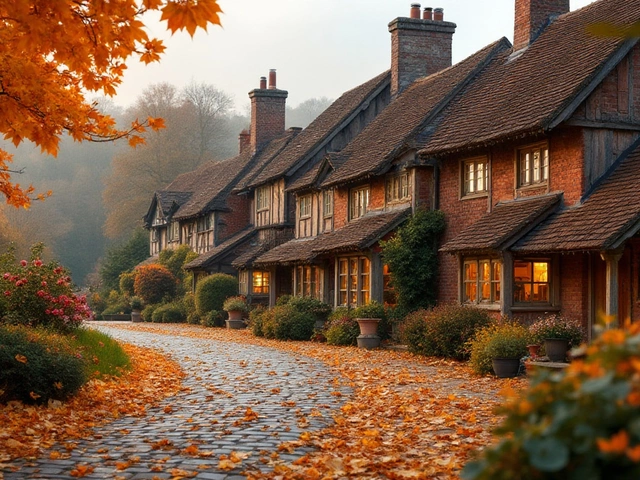Escape Room Capacity: How Many Players Fit and What to Expect
Walking into an escape room, the first thing you wonder is – how many of us can join? Knowing the capacity helps you avoid last‑minute surprises and makes sure the game runs smoothly. In this guide we break down the factors that set the limit, what most venues offer, and how to pick the right room for your crew.
What Determines Escape Room Capacity?
Every escape room has a maximum number of participants, and it isn’t just about the square footage. The puzzle layout, the number of stations, and safety regulations all play a part. Small rooms with tight corridors often cap at four or five people, while larger themed adventures can hold eight to ten. Some venues even split bigger groups into two parallel rooms that share a storyline.
Fire codes and local safety rules require a clear exit path, so operators must count each person who could be inside at once. That’s why you’ll see the capacity listed on the booking page – it’s the legal limit, not a suggestion.
Another hidden factor is the difficulty level. Bigger groups mean more hands, which can make puzzles easier to solve. Many owners limit size to keep the challenge fair and the experience immersive.
Tips for Booking the Right Size Room
First, check the venue’s listed capacity before you pick a date. If you have a mix of kids and adults, aim for a room that fits the youngest participants comfortably; some rooms restrict ages or require adults to stay with children.
Second, think about your group dynamics. A team of eight might feel cramped in a five‑person room, while a pair of seasoned puzzlers could breeze through a ten‑person space and miss the teamwork vibe.
Third, ask about split‑group options. Many places let you book two adjacent rooms and run them simultaneously. It’s a good compromise when you have a larger party but still want a cohesive story.Finally, consider the time of day. Early slots often have more flexibility for custom group sizes, while peak hours stick strictly to their posted limits.
By matching your group’s size to the room’s capacity, you get a smoother flow, fewer bottlenecks, and a better chance of cracking the code before the clock runs out.
So next time you plan an escape room adventure, check the capacity, weigh your group’s needs, and book the space that fits like a glove. That simple step turns a good experience into a great one.
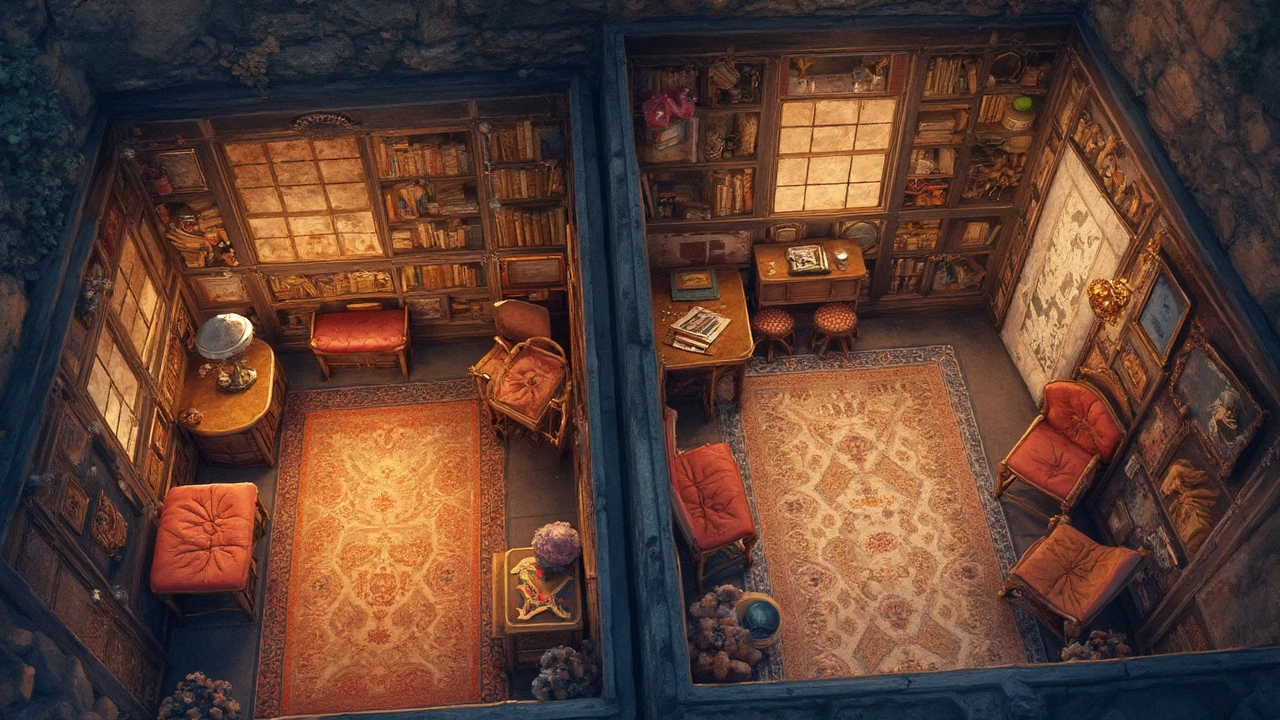
How Big is an Escape Room?
Escape rooms vary in size, often influencing the number of participants they can accommodate and the complexity of puzzles. Most escape rooms range from small spaces of about 150 square feet to larger areas exceeding 500 square feet. The size impacts not only the room's atmosphere but also the kinds of challenges and physical activities you can expect. Whether you're planning a visit or designing your own, understanding space requirements is key.

